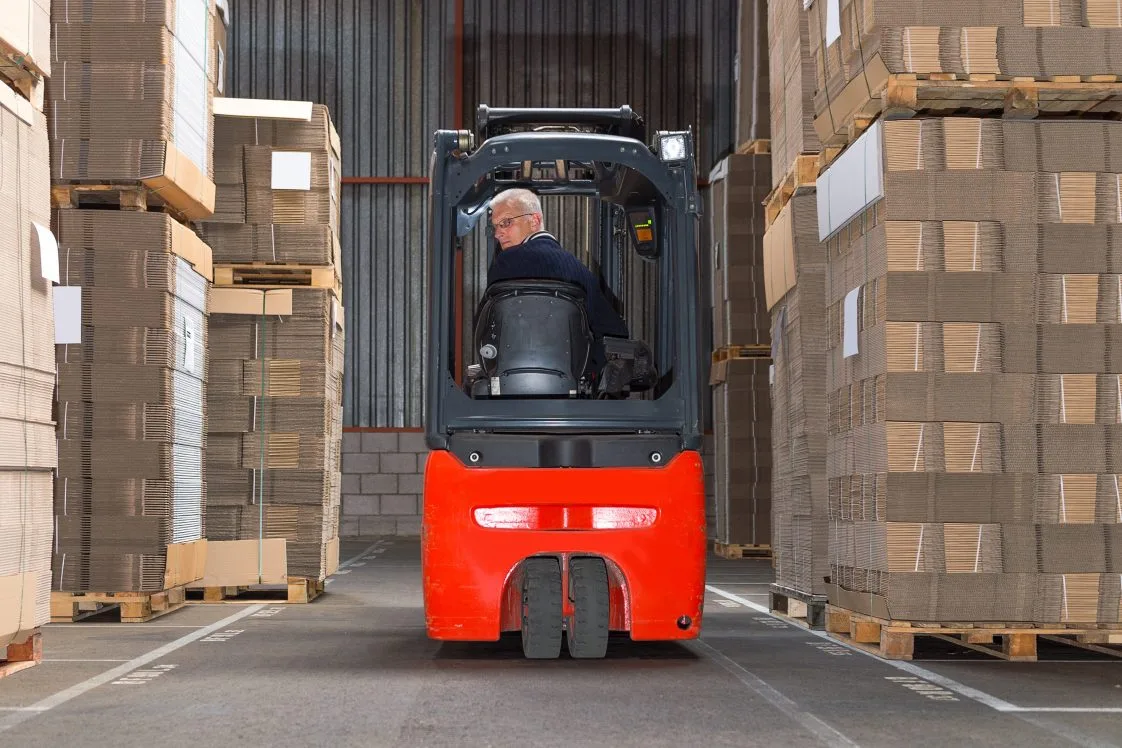A Retailer’s Guide to Reverse Logistics

It’s no secret that handling returns costs retailers a lot of money. In addition to impacting the customer experience, returns eat away at the bottom line. But while they have traditionally approached returns as part of the cost of doing business, in an economy where margins are tighter than ever, many retailers are seeking ways to reduce the cost of reverse logistics and deter customers from needing to make returns at all.
From creating better return policies and designing customer experiences that limit returns to partnering with the right reverse logistics providers, there are many ways retailers can optimize their systems and processes to decrease costs while keeping customers happy and loyal.
Download our guide to discover:
- How to formulate a balanced return policy
- The role user-generated content (UGC) plays in decreasing the likelihood of returns
- How collecting the right data can reduce returns
- Supply chain strategies to help minimize the cost of reverse logistics
- How to prevent return fraud
- How to scale and streamline operations by outsourcing reverse logistics
